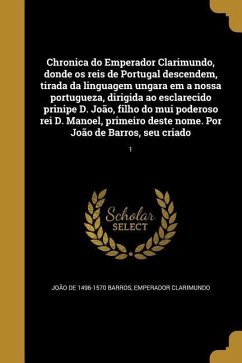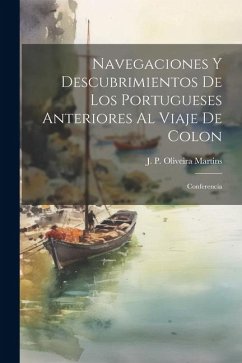
Os Filhos De D. João I

PAYBACK Punkte
13 °P sammeln!
Os Filhos de D. João I, by Joaquim Pedro Oliveira Martins, explores the lives and legacies of the children of King John I of Portugal, the founder of the House of Aviz. This historical account delves into the significant roles each of John I's sons played in shaping Portugal's destiny during the 15th century. Oliveira Martins masterfully recounts the contributions of notable figures such as Prince Henry the Navigator, whose patronage of exploration initiated Portugal's Age of Discovery; King Edward I, who succeeded his father on the throne; and Prince Peter, Duke of Coimbra, a renowned scho...
Os Filhos de D. João I, by Joaquim Pedro Oliveira Martins, explores the lives and legacies of the children of King John I of Portugal, the founder of the House of Aviz. This historical account delves into the significant roles each of John I's sons played in shaping Portugal's destiny during the 15th century. Oliveira Martins masterfully recounts the contributions of notable figures such as Prince Henry the Navigator, whose patronage of exploration initiated Portugal's Age of Discovery; King Edward I, who succeeded his father on the throne; and Prince Peter, Duke of Coimbra, a renowned scholar and regent. Through meticulous research and vivid storytelling, the author brings to life the complex relationships and pivotal events that defined this crucial period in Portuguese history. This enduring work provides invaluable insights into the political, social, and cultural landscape of Portugal, offering readers a deeper understanding of the nation's formative years. This work has been selected by scholars as being culturally important, and is part of the knowledge base of civilization as we know it. This work was reproduced from the original artifact, and remains as true to the original work as possible. Therefore, you will see the original copyright references, library stamps (as most of these works have been housed in our most important libraries around the world), and other notations in the work. This work is in the public domain in the United States of America, and possibly other nations. Within the United States, you may freely copy and distribute this work, as no entity (individual or corporate) has a copyright on the body of the work. As a reproduction of a historical artifact, this work may contain missing or blurred pages, poor pictures, errant marks, etc. Scholars believe, and we concur, that this work is important enough to be preserved, reproduced, and made generally available to the public. We appreciate your support of the preservation process, and thank you for being an important part of keeping this knowledge alive and relevant.



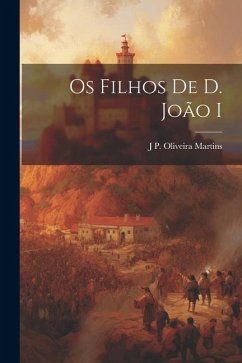
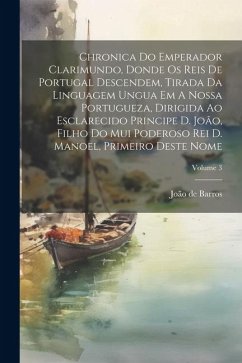
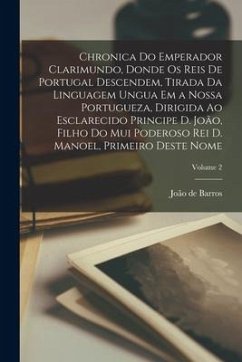
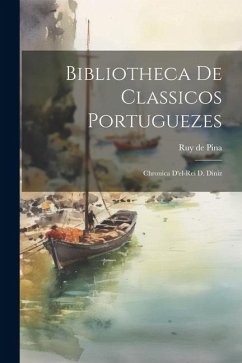
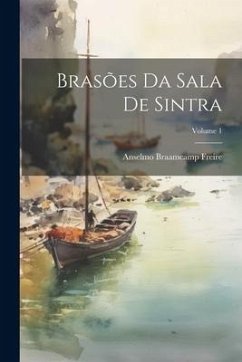
![Os Papeis De Meu Pae [por] Eduardo Montufar Barreiros; 2 Cover Os Papeis De Meu Pae [por] Eduardo Montufar Barreiros; 2](https://bilder.buecher.de/produkte/65/65536/65536068n.jpg)


